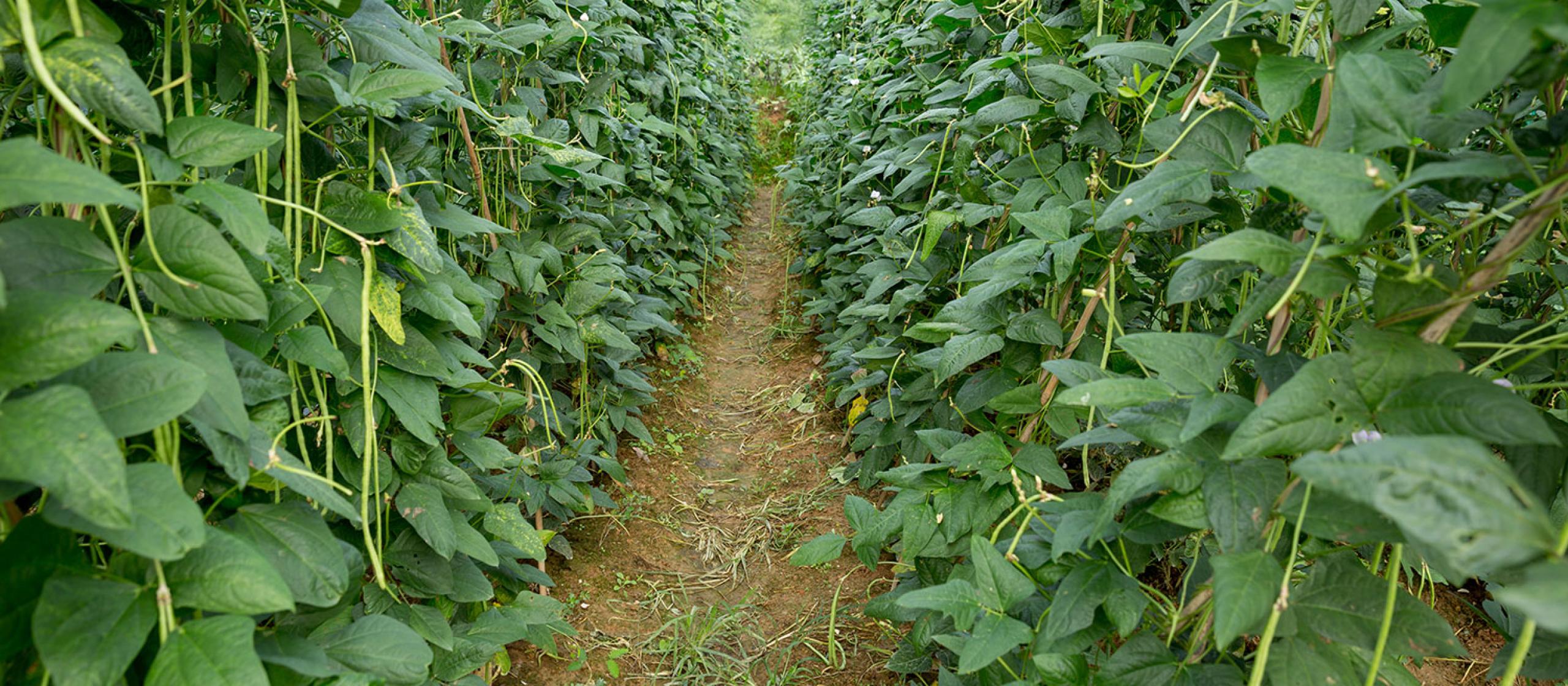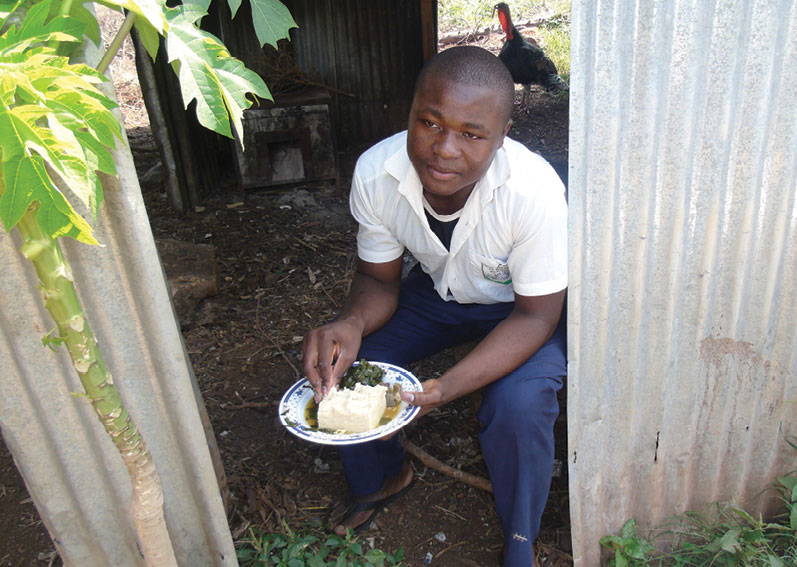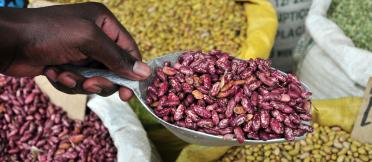- HomeHome
-
About ACIAR
- Our work
- Our people
-
Corporate information
- ACIAR Audit Committee
- Commission for International Agricultural Research
- Policy Advisory Council
- Agency reviews
- Executive remuneration disclosure
- Freedom of information (FOI)
- Gifts and benefits register
- Information publication scheme
- List of new agency files
- Contracts
- Legal services expenditure
- Privacy impact assessment register
- Commonwealth Child Safe Framework
- Benefits to Australia
- Careers
- 40 years of ACIAR
-
What we do
- Programs
- Cross-cutting areas
- Resources
- Where we work
-
Funding
- Research projects
- Fellowships
-
Scholarships
- John Allwright FellowshipScholarships to study in Australia for ACIAR partner country scientists to have Australian postgraduate qualifications
- ACIAR Pacific Agriculture Scholarships and Support and Climate Resilience Program
- Alumni Research Support Facility
- Publications
- News and Outreach
Date released
08 July 2021
Providing locally-sourced African leafy vegetables to schools for use in school meals has proven a winning model during a pilot program in Busia County, Kenya.
Dr Victor Wasike from the Genetic Resources Research Centre in Nairobi, says the success of the pilot program was evident in multiple benefits including enhanced nutrition, improved school performance and achievement, employment and economic growth, and also in more personal stories of lives changed.
He explains that one participant in the pilot program—a widow named Joyce—was able to sell her indigenous vegetables to the school for it to use in making meals for the students.
‘After engaging with us, from the sale of indigenous vegetables, she was able to improve her house,’ Dr Wasike says. ‘She replaced the thatch roof with tin and bought herself a TV, which she thought was only affordable to the rich. She also put solar panels on the roof to run the TV. We can see that people’s lives have changed. The program has lit a fire of enthusiasm for African leafy vegetables.’
Addressing malnutrition
Many children in poverty-stricken areas of Kenya suffer from malnutrition, which has been strongly associated with impaired physical and cognitive development. In Busia County around 70% of the people live in poverty and two-thirds are unable to meet their basic food needs. Among children under the age of five, 26% are stunted and 11% are underweight.
Yet, Busia is home to locally adapted indigenous crops including leafy vegetables. These are highly nutritious and grow widely with minimum inputs, offering benefits to both human health and the environment. Despite their potential, these species are underutilised in local diets and production systems, which have tended towards more Western eating in recent decades.
As Dr Danny Hunter, Alliance of Bioversity International and the International Center for Tropical Agriculture, explains, farmers wanting to grow African leafy vegetables also face problems with transport and infrastructure to gain access to markets—hence the pilot project to link farmers and local schools and to provide the vegetables for school meals.
In addition to improving the nutrition of the students the pilot project aimed to develop a steady market for African leafy vegetables.
‘The first ACIAR project was the scoping project to see how we could develop a school procurement process,’ Dr Hunter says.
‘Here, the leadership of the Mundika School and the role of the Sustainable Income Generating Investment Group—a farmer umbrella organisation based in Busia—were central to making this a reality in terms of organisation, training and logistics.’
That pilot project proved that the pieces do indeed fit together, with synergistic benefits, that, as Dr Wasike puts it, ‘lit a fire’. But that is not to say there weren’t challenges along the way.
From weeds to precious crops
‘Indigenous vegetables were previously associated with the poor and the sick,’ Dr Wasike says. ‘Some of them are considered weeds. No one wants to eat weeds.
‘If parents considered the indigenous vegetables were weeds and the school wanted to serve indigenous vegetables, the parents would think the schools were feeding their children on weeds.’
Providing nutrition education to students, teachers, administrators and parents reversed this perception. The project analysed nutrient levels of the indigenous vegetables and sensitised the children, their parents and the public on the nutritional and health benefits through cooking demonstrations. A farmer group member was employed by the school to cook the vegetables in a way the children would enjoy.
‘We had a cultural and open day at the school,’ Dr Wasike says. ‘We called in parents, the county administration, the Minister for Agriculture and education officials, and showed them what we were doing. All participants in the event—the kids, parents, teachers—ate the vegetables and liked them. The kids were saying “This is good, and we have been told that our brain grows better when we eat these”.’
The African leafy vegetables were introduced to the students through the school’s existing meals program. The school kitchen served the vegetables for lunch to 540 students, starting out by serving them one day a week and worked up to serving them five days a week.
Over two years, we saw exam results get better—anecdotally we can see that school performance has improved, although we can’t say by how much yet. Certainly, the school matron reported that the frequency of kids getting sick had substantially reduced.
When COVID-19 struck Busia County the schools were partially closed, with only students who were working towards their final exams continuing to attend classes. This greatly reduced demand for the African leafy vegetables for school meals. But by this time, there was broader community understanding of the benefits of African leafy vegetables and the nutrients they contain.
Dr Wasike says some participating farmers set up roadside stalls to sell African leafy vegetables and they are once again more frequently being sold in local markets.
‘People have begun to change and look at African leafy vegetables in a different way,’ he says. ‘In some eateries in Nairobi, currently a plate of indigenous vegetables is more expensive than meat, because of the associated health benefits.
‘In collaboration with the Ministry of Health in Busia, we established demonstration farms around community health centres. Mothers see this as they come for antenatal visits and learn of the nutritional benefits.
‘Eating indigenous vegetables is currently considered a more sustainable way to supply micronutrients than through supplements.’
Opportunity abounds
Dr Wasike and Dr Hunter agree the school food project could go much further.
‘It was very good that ACIAR stepped in to provide funding for the pilot and to test the project,’ Dr Hunter says.
‘A lot happened with relatively small investment.’
On the back of the success of the school feeding program in Africa, ACIAR is now interested to see similar school garden and food initiatives in the Pacific region.
ACIAR Project: School Food Revolution: Evaluating opportunities for further research, GP/2017/007.
Key points
- Children in poverty-stricken areas of Kenya are vulnerable to malnutrition and associated impaired physical and cognitive development.
- A pilot ACIAR-supported project has found a way to effectively incorporate more healthy indigenous vegetables into school meals.
- The livelihoods of local farmers who can supply the indigenous vegetables is also benefitting from the program.





